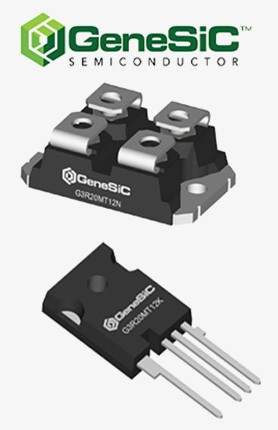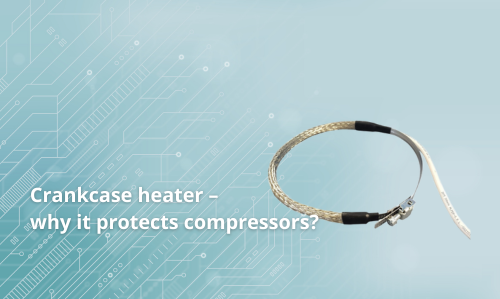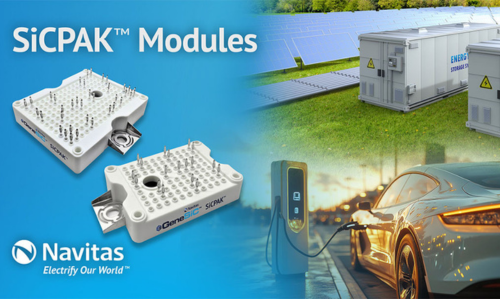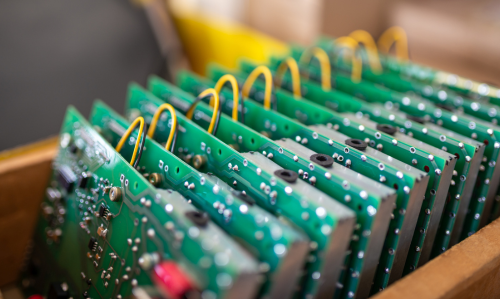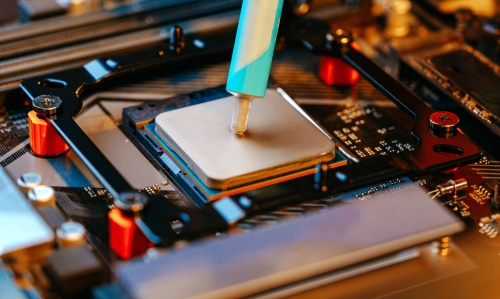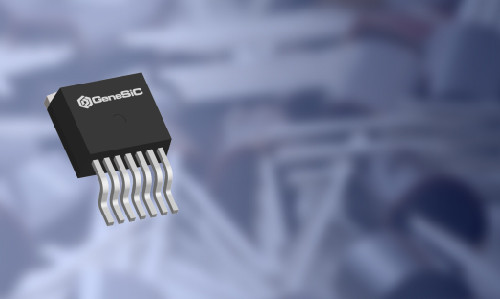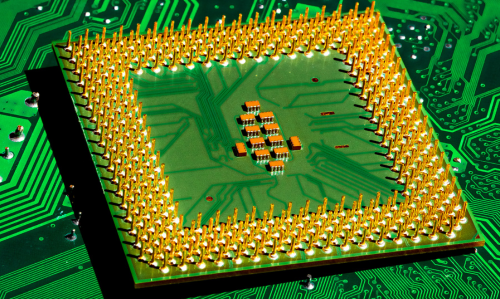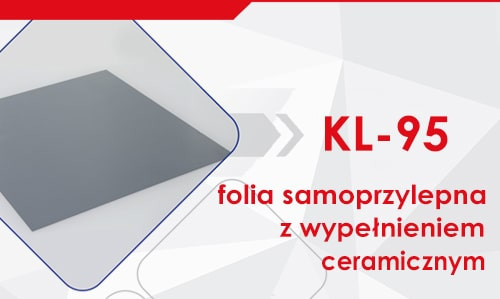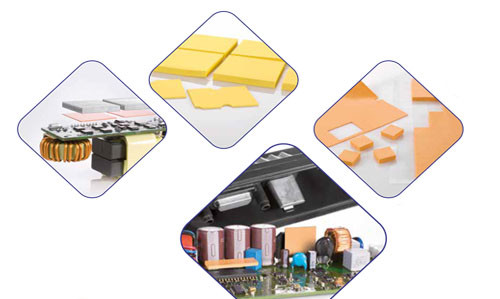This article provides a comprehensive guide to Printed Electronics – a modern technology for producing flexible and lightweight electronic circuits. It covers printing methods, conductive materials, circuit design, applications in medicine, IoT, automotive, as well as industrial and consumer implementations. The article also highlights the advantages of printed electronics, its environmental impact, future market trends, and presents the DACPOL company’s offer for innovative flexible printed...
R&D
-
Rectifier Diodes and Thyristors in Electronic CircuitsRead more
The article discusses the role of semiconductor components – such as rectifier diodes, fast recovery diodes, and SCR thyristors – in the design of electronic circuits and power controllers. It presents their structure, key features, parameters, and applications in both simple and advanced industrial systems. The author emphasizes the importance of properly selecting current, voltage, and package parameters to ensure reliability, efficiency, and durability. The article also promotes DACPOL...
-
Crankcase heater – why it protects compressorsRead more
This article explains the function and importance of a crankcase heater for compressors in HVAC systems. It describes how it prevents refrigerant migration and oil dilution, protects bearings, reduces the risk of damage in low temperatures, and improves start-up reliability.
-
Navitas introduces the latest SiCPAK™ power modules – a new standard of reliability and performance at high temperaturesRead more
Navitas Semiconductor, a leader in GaN and SiC technology, has introduced new 1200V SiCPAK™ power modules with epoxy insulation, offering five times better thermal resistance than traditional solutions. Thanks to proprietary GeneSiC™ SiC MOSFET technology, the new modules ensure lower power loss, higher reliability, and resilience in extreme conditions. They are designed for applications such as EV chargers, industrial drives, UPS systems, and photovoltaic installations. As a pioneer in...
-
Optimization of Electronic Circuits – The Role of Ferrite Cores in EMI Filtering and Power SupplyRead more
Ferrite cores play a crucial role in eliminating electromagnetic interference (EMI) and optimizing power supply systems. Learn how their magnetic properties influence filtration efficiency and the stability of electronic systems.
-
Power Supply Optimization: Challenges, Technologies, and SolutionsRead more
The article discusses the challenges and technologies used in power supply design on PCBs, which are essential for the development of modern electronic devices. Topics include component miniaturization, heat management, DC-DC converters, AC-DC converters, and voltage regulators. It also covers modern technologies such as graphene, Gallium Nitride (GaN), and cooling technologies that impact energy efficiency and space optimization. The article also addresses challenges related to prototyping...
-
Heat Management: The Key to Effective Performance and Reliability of PrototypesRead more
Industrial fans play a key role in heat management in electronic systems, especially in R&D environments. The article discusses types of fans, such as axial, radial, and brushless, and their application in various cooling systems. It highlights the challenges related to component density, noise reduction, and energy consumption. Innovative solutions, including integration with IoT systems, enable dynamic cooling management, supporting R&D projects.
-
Application of Liquid Thermal Conductive Materials in the Electronics Industry: Effective Cooling for Performance and ReliabilityRead more
In today's world, where more and more electronic devices generate significant amounts of heat, efficient cooling becomes a key factor in ensuring the reliability and performance of these systems. In response to this challenge, the electronics industry is increasingly turning to innovative solutions such as liquid thermal conductive materials.
-
What are thermal conductive materials?Read more
Thermal conductive materials are substances that efficiently transfer heat, used in various industries such as electronics, automotive, and energy. These include ceramic, metallic, and organic types, which play a crucial role in heat management, enhancing device performance, and advancing modern technologies.
-
GeneSiC technology – transistors, modules, chipsRead more
In applications from 20 W to 20 MW, and with device voltages from 650 V to 6.5 kV, GeneSiC silicon carbide (SiC) MOSFETs and Schottky MPS™ diodes drive high-speed, high-efficiency power conversion across diverse markets including EV, industrial automation, solar, wind, grid, motor drives and defense. High-volume, high-quality shipments ensure application performance, reliability and uptime availability.
-
SiC Schottky MPS™ DiodesRead more
A novel GeneSiC Merged-PiN Schottky design combines the best features from both PiN and Schottky diode structures, producing the lowest forward voltage drop (VF), high surge-current capability (IFSM), and minimized temperature-independent switching losses.
-
Czynniki wpływające na wybór materiałów termoprzewodzących: Kluczowe kryteria i wytyczneRead more
Materiały termoprzewodzące są kluczowe w wielu branżach przemysłu, wpływając na efektywność systemów chłodzenia i ogrzewania. Wybór odpowiednich materiałów termoprzewodzących jest niezwykle istotny. Przed podjęciem decyzji warto zwrócić uwagę na następujące czynniki
-
Heat management - Challenges for electric vehiclesRead more
Thermal management in electric vehicles is crucial for ensuring the efficiency and longevity of components such as batteries and electrical systems. Effective cooling, using specialized thermal materials like gap-filling liquids (GFL) and Softtherm pads, helps optimize performance and extend battery life, which is essential in the context of the development of electromobility and autonomous drive systems.
-
Folia samoprzylepna z wypełnieniem ceramicznymRead more
Keratherm © - KL 95 to samoprzylepna folia z wypełnieniem ceramicznym charakteryzująca się dobra przewodnością cieplną.
-
Thermally conductive materials in power storagesRead more
Technological development caused a need in electric engineering to search for new solutions in heat conduction.

